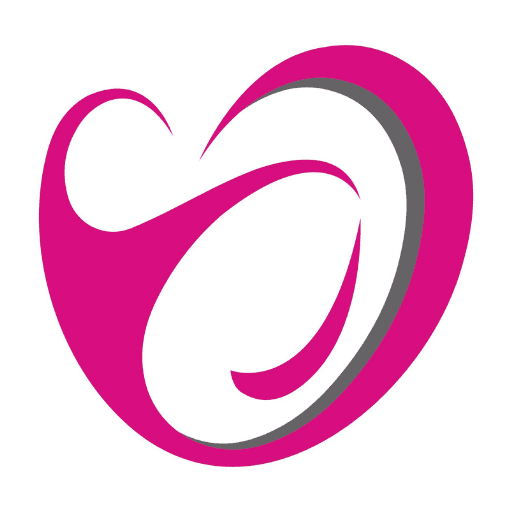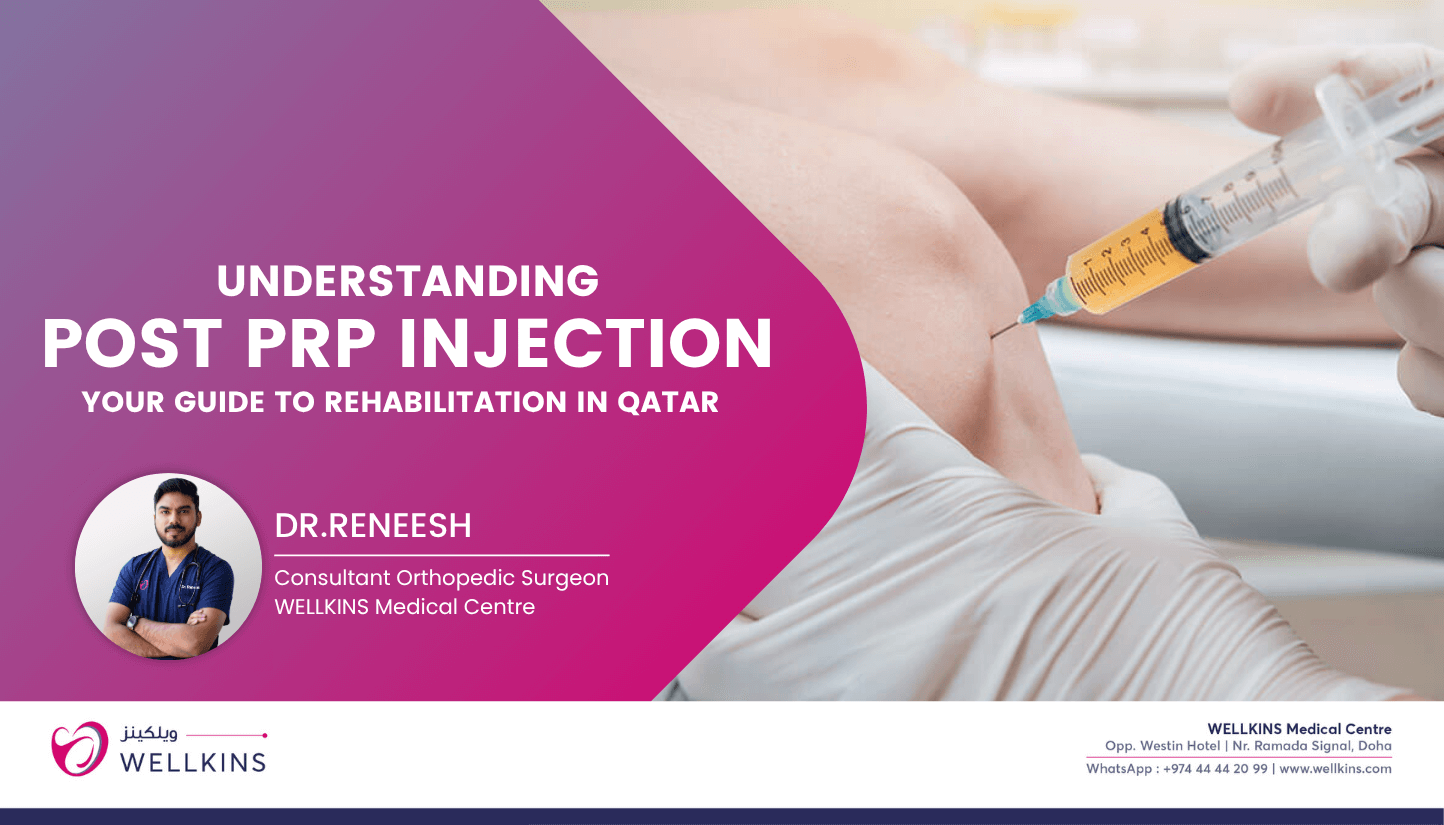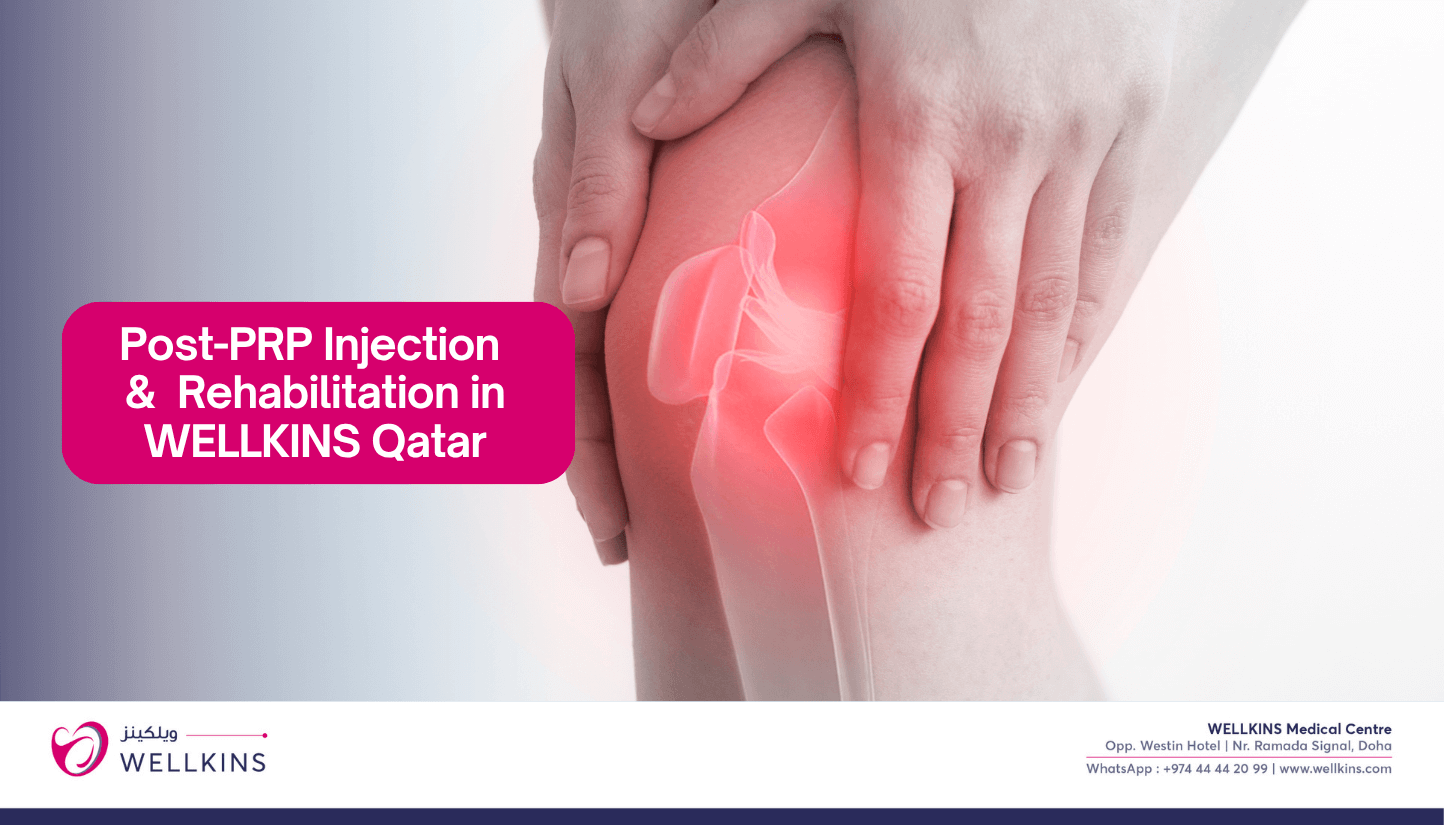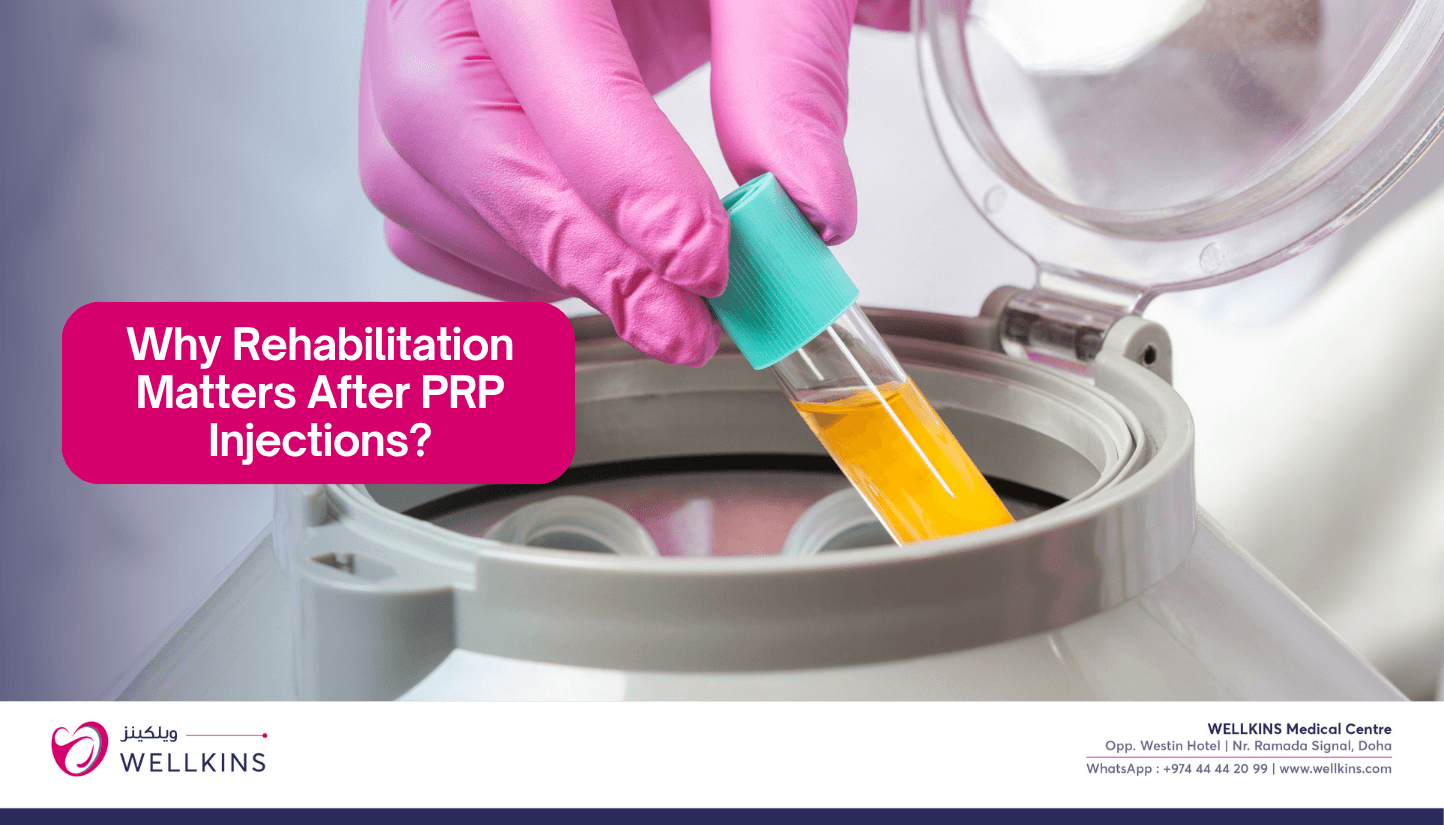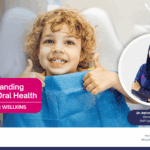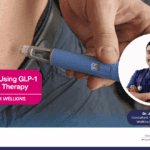Author: Dr.Reneesh (Consultant Orthopedic Surgeon – WELLKINS Medical Centre)
Platelet-rich plasma (PRP) therapy has become a powerful tool in treating muscle injuries, tendon tears, and joint arthritis. As an orthopedic surgeon, I often get asked: “What should I do after a PRP injection to maximize healing?”
The answer? Rehabilitation is just as critical as the injection itself. PRP jumpstarts the body’s natural repair process, but without the right recovery plan, you risk reinjury or suboptimal results.
In this guide, I’ll break down the evidence-based post-PRP rehab protocol I use with my patients—whether they’re professional athletes or someone managing knee osteoarthritis.
As an orthopedic surgeon utilizing Platelet-rich plasma (PRP) therapy for muscle injuries, tendon tears, and joint arthritis, I emphasize that post-injection rehabilitation is crucial for optimal healing. While PRP kickstarts the body’s repair process, a tailored recovery plan prevents re-injury and ensures the best results. This guide will detail the evidence-based rehab protocol I use to maximize recovery for all my patients.
Why Rehabilitation Matters After PRP Injections?
PRP works by delivering concentrated growth factors to damaged tissue, promoting regeneration. However:
Too much activity too soon → Disrupts healing.
Too little movement → Leads to stiffness and weakness.
Poor loading strategies → Can aggravate tendons/muscles.
A structured, phased approach ensures the best outcomes.
General PRP Rehabilitation Phases
Phase 1: Protection (Days 1-7)
Goal: Minimize inflammation, protect the injection site.
Rest: Avoid strenuous activity for 48 hours.
Ice: 10-15 mins every 2-3 hours if swollen (but avoid excessive icing, which may hinder PRP effects).
Avoid NSAIDs: Ibuprofen, aspirin, and other anti-inflammatories can interfere with PRP’s healing action.
Gentle Movement: Light, pain-free range-of-motion exercises (e.g., ankle pumps for knee PRP, pendulum swings for shoulder).
Weight-Bearing:Muscle/Tendon Injuries: Partial weight-bearing as tolerated.
Joint Arthritis (Knee/Hip): Use crutches or a cane for 3-7 days if needed.
What I Tell My Patients:
“Think of this as the ‘quiet healing’ phase. Let the PRP do its job without disruption.”
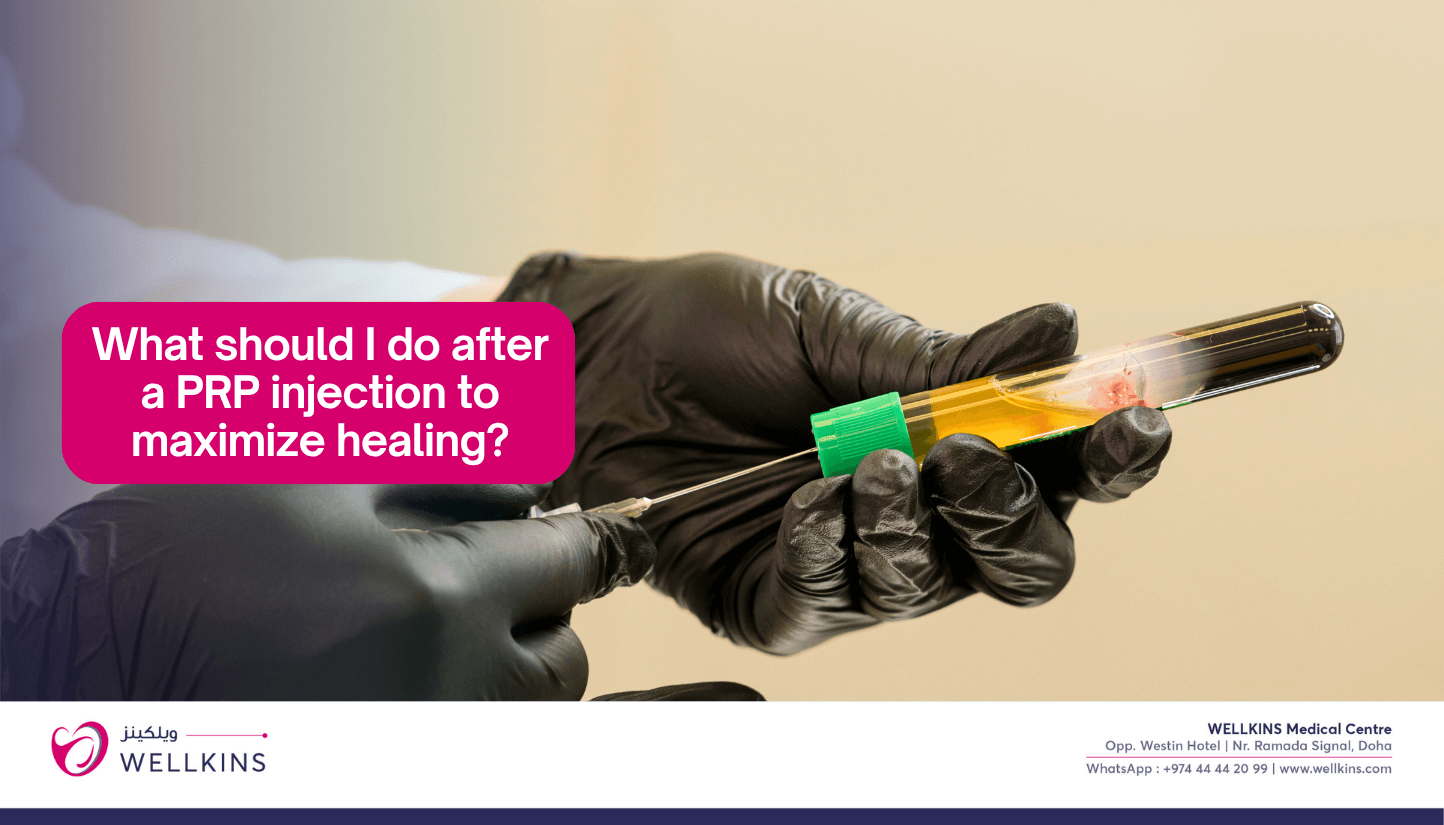
Phase 2: Early Strengthening (Weeks 2-4)
Goal: Restore mobility, begin controlled loading.
Progressive Loading: Start with isometrics (e.g., quad sets for knee, shoulder scapular squeezes), then light resistance bands.
Low-Impact Cardio: Stationary bike, swimming, or elliptical to maintain joint health (for arthritis).
Avoid Stretching Aggressively: Tendons and muscles are still remodeling.
Physical Therapy: Focus on neuromuscular control (e.g., balance drills for knee/ankle stability).
Clinical Pearl: *”Eccentric loading is gold for tendons—but wait until Week 3-4 for Achilles, rotator cuff, or patellar tendon rehab.”*
Phase 3: Strengthening & Functional Training (Weeks 4-8)
Goal: Rebuild strength, restore function.
Eccentric Exercises (for tendons):
Achilles: Slow heel drops.
Rotator Cuff: Controlled lowering with bands.
Proprioception Work: Single-leg stands, wobble board (for ankle/knee).
Sport-Specific Drills (Athletes): Light agility work, controlled plyometrics.
Common Mistake I See:
“Patients often rush into heavy weights too soon. Gradual progression is key—PRP healing takes weeks, not days.”
Phase 4: Return to Activity (Weeks 8-12+)
Goal: Safely return to sports or high-demand activities.
Sport-Specific Training: Cutting, jumping, throwing (if pain-free).
Full Strength Testing: Ensure muscle imbalances are corrected.
Maintenance Program: Continue strength/flexibility to prevent reinjury.
For Arthritis Patients:
“High-impact running may not be advisable—focus on lifelong joint preservation with swimming, cycling, and strength training.”
Specialized Protocols by Condition
1. Muscle Injuries (Hamstring, Calf Tears)
Weeks 1-2: Gentle activation, no stretching.
Weeks 3-6: Progressive resistance (bands → weights).
Weeks 6+: Dynamic movements (sprinting if pain-free).
2. Tendon Injuries (Achilles, Rotator Cuff, Tennis Elbow)
Eccentric Loading: Critical after Week 3.
Avoid Overuse: Tendons remodel slowly—don’t rush.
3. Joint Arthritis (Knee, Hip, Shoulder OA)
Low-Impact Cardio: Protects cartilage while maintaining mobility.
Strength Focus: Quad/hamstring (knee), glute/core (hip).
Key Surgeon Recommendations
✔ No NSAIDs for at least 2-4 weeks (let PRP work).
✔ Pain is your guide—if it hurts, back off.
✔ Healing takes months, not weeks—be patient.
When to Expect Results
Early improvements (4-6 weeks): Less pain, better mobility.
Full effects (3-6 months): Long-term tissue remodeling.
“PRP isn’t a quick fix—it’s a healing catalyst. Pair it with smart rehab, and you’ll get the best results.”
PRP Therapy in Qatar
At WELLKINS, we offer advanced PRP therapy to help you recover from orthopedic injuries. Our experienced team will assess your condition and develop a personalized treatment plan.
Read more: https://wellkins.com/prp-in-orthopedics/

